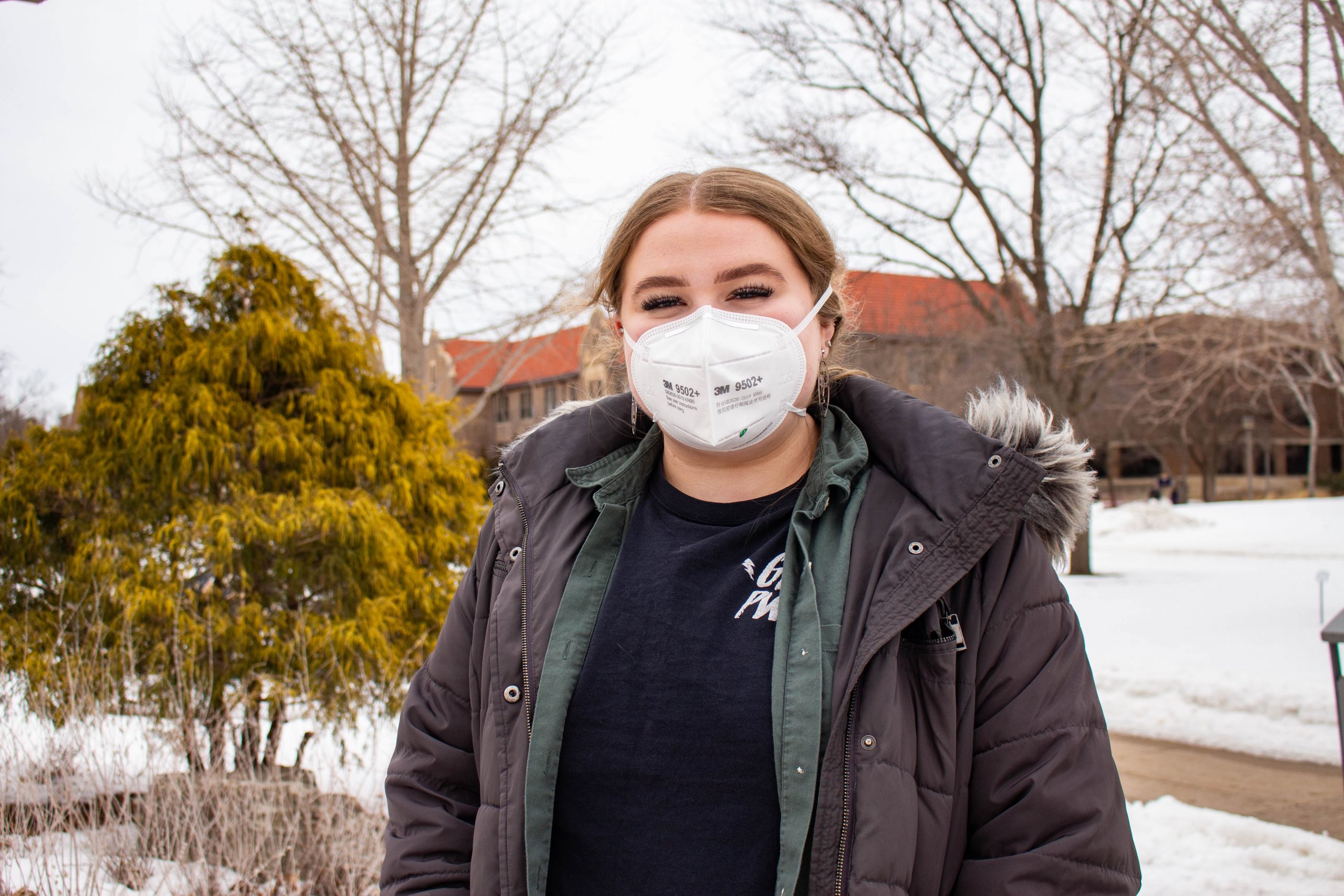
There are several types of face masks that can help reduce the risk of communicable diseases. We know from the CDC that the key to having an effective mask is how well it fits on your face, that it is worn consistently and correctly. We are all familiar with cloth and surgical masks, but what’s the difference between N95 & KN95 masks?
What’s the same?
N95 & KN95 masks are often grouped together because they are very similar. They both filter out the 95% of particles. When wearing a N95 or KN95 mask, your odds of contracting COVID-19 decrease by 83%.
What’s the difference?
N95 masks are the standard in the USA and KN95 masks are the standard in China.
N95 masks are slightly more breathable compared to KN95 masks.
This doesn’t mean that you can’t breathe while wearing these masks, it just means that you might notice a difference when you are exercising, yelling, singing or going up stairs.
How to reuse a N95 or KN95 mask
To reuse a N95 or KN95, it is recommended to separate your mask and place in an environment where it can dry out, such as a paper bag.
If you have several masks, it might help to label the bag with a marker so you can note the date on the bag. This will make it easier to rotate masks and keep track of them.
The paper bag helps to keep the mask dry and letting it sit allows for infectious particles, such as COVID, to die off the material.
How many times can I re-wear a N95 or KN95 mask?
There are no fast and easy rules for how many times you can reuse a N95 or KN95 mask. It’s more important to keep track of where the mask was worn and for how long.
If worn in high-risk settings or for long periods of time, you should toss after a single use. If you wear them for short periods of time in moderate-low risk settings, then it could be decontaminated and reused.
When to throw away masks
You should throw away a mask when:
- It is worn in a high-risk setting, such as a medical facility after receiving medical care
- If it breaks or fit loosens (straps loose elasticity or break)
- If it becomes soiled (including makeup)
- If it becomes drenched, such as from rain or snow (if it is wet due to condensation it can be reused)
FAQs
If N95 & KN95 are more effective, why weren’t they recommended and distributed at the start of the pandemic?
They weren’t recommended at the start due to limited availability of PPE resources and the high demand. For most, a cloth mask was easily available, easy to make, and widely accessible for all. In addition, original COVID-19 is not as highly transmissible when compared to the Delta & Omicron variants.
Do I need to be fit tested?
No, you do not need to be fit tested for N95 & KN95 masks as they are recommended not required. For medical professionals who are required to wear them, they must undergo fit testing.
Can I clean my mask with disinfectant spray?
No, do not use disinfectant spray, wipes or any other sanitization chemicals to cleanse your mask because that could become toxic to breathe in when it is re-worn.
Should I throw away my cloth masks and buy N95 & KN95 masks?
It’s recommended tossing old cloth masks. This is because the fabric becomes weaker with each wash, making them less effective.
However, I still prefer to use a cloth mask because they are more sustainable (less waste). I use my cloth masks when I am in very low-risk areas such as grabbing mail in my apartment building or ordering food for delivery because I am in minimal or no contact. This helps me save my supply of disposable masks by assessing the risk before I leave.